News
Indoor Mini Golf Tournament Benefits Love INC
February 1, 2023SATURDAY, MAR 18 AT GRACE UNITED METHODIST CHURCH, HUMMELSTOWN
Round up your friends, rally your family, gather your church small group, or assemble a few of your colleagues for this friendly competition to support people in need.
This amusing event features an 18-hole miniature golf course *indoors* on what is typically a cold and dreary day in March. Gift cards will be awarded to each member of the first and second-place teams in a given flight. In addition, a hole-in-one prize will be awarded at a designated hole.
20 teams can play during flight times set for 10 am, 12 pm and 2 pm. Cost is $100/team and proceeds benefit Love INC of Greater Hershey. For more information and to register your team, click here
Grand Piano Fundraising Under Way
February 1, 2023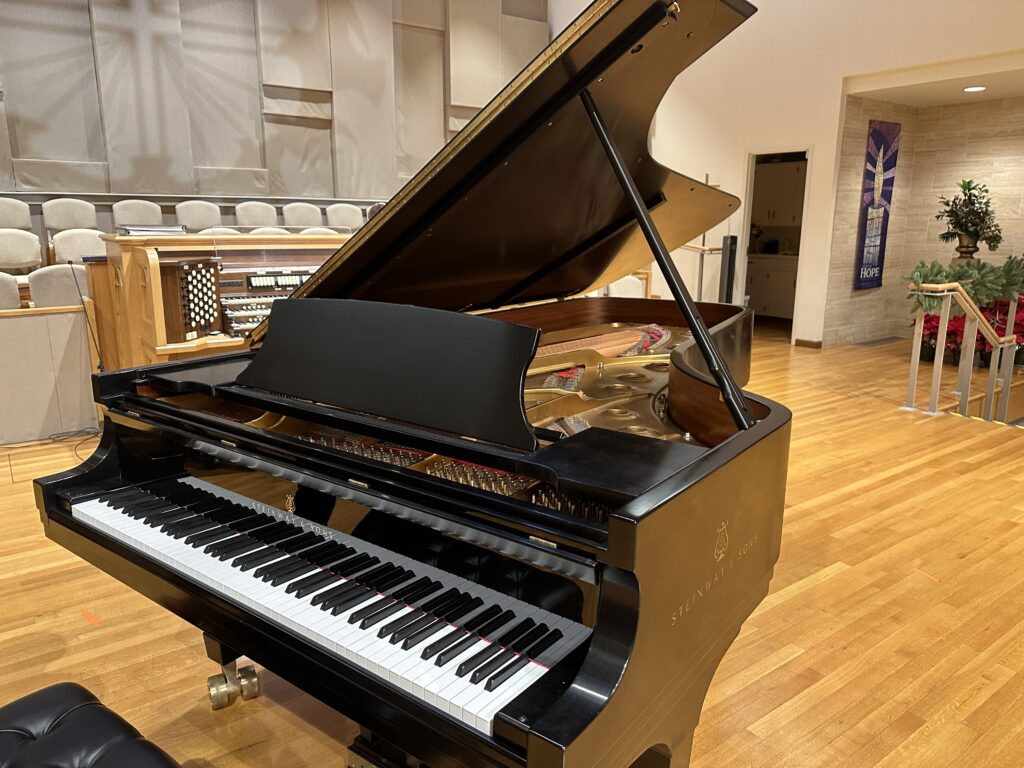
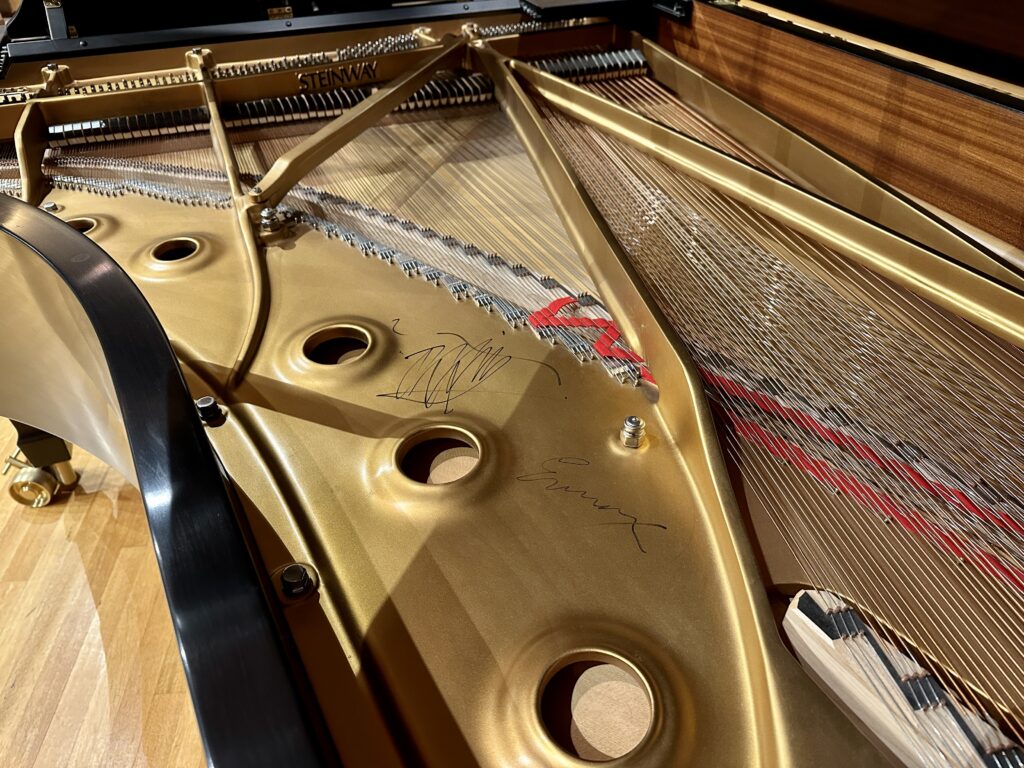
At its January 18 stated meeting, the Session voted to approve the purchase of the Steinway grand piano in memory of Lee Ann Taylor. More than $146,554 has been pledged toward the $150,000 price. To support this effort, send checks notated “memorial piano” to Derry Church, 248 East Derry Road, Hershey PA 17033 or give online:
Meet Imsal, One of Derry Church’s PEB Scholarship Recipients
February 1, 2023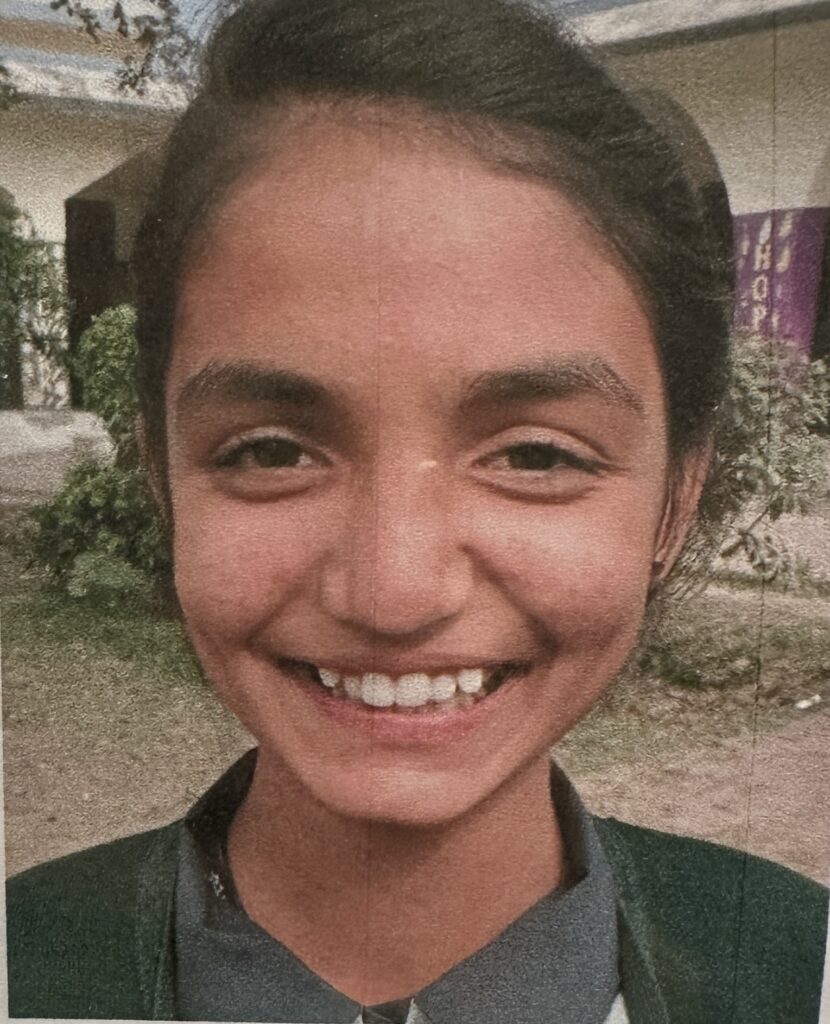
Blessings in Christ! My dear friend, hope you are doing well by the Grace of God. My name is Imsal. I study in class 8. It is a great blessing for me to have you in my life. You are a great help for many on the earth. I wish to become a lawyer and work for the sake of justice and peace and and thanks to be God for helping me through your kind heart. My parents can’t afford my full fee. Thank you for helping me and for supporting me. We remember you in our daily prayers.
For 12 years, Derry Church has maintained a partnership with the Presbyterian Education Board in Pakistan. PEB operates 25 schools, primary through high school, including some boarding schools, that serve more than 5,900 students. Derry, through the Friends of Sargodha group, has a particular relationship with the schools in Sargodha.
Friends of Sargodha’s goal is to continue to provide ten scholarships every year. You can help.
A full scholarship for a day student is $400 a year, about a dollar a day. We are dividing that amount into ten shares, $40 each, to offer you the opportunity to support a portion of a scholarship.
You can purchase one or more shares by writing a check to Derry Church notated “Pakistan Scholarship” or online through the church website.
Read Debbie Hough’s message inviting you to participate. This fundraiser continues through February 2023.
Celebrate Derry’s 300th Anniversary with a Trip to Scotland & Ireland in 2024
January 25, 2023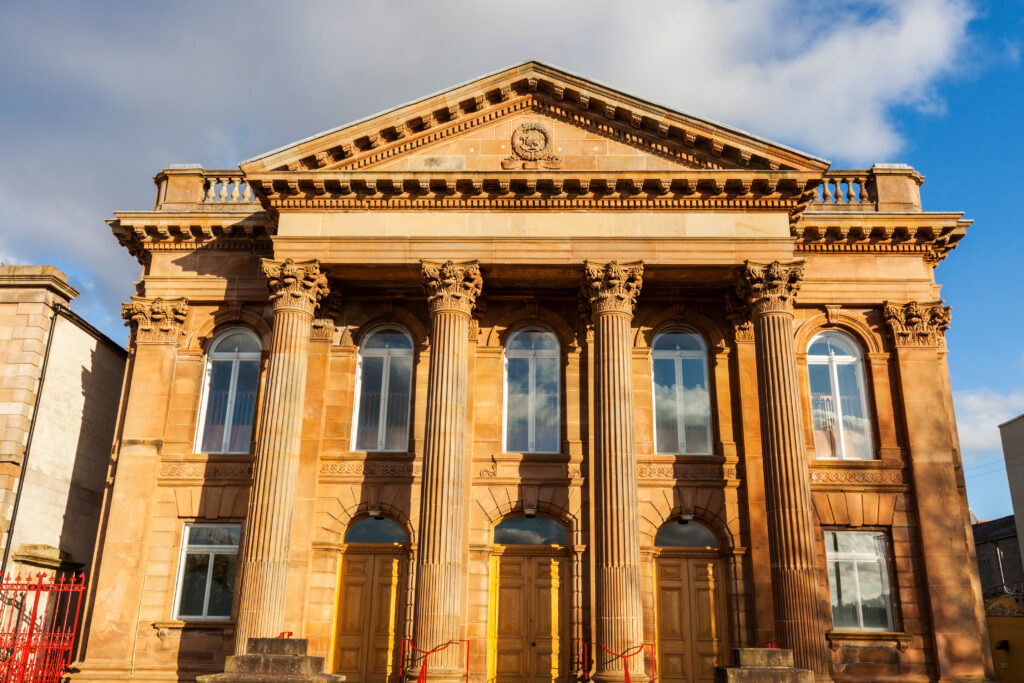
Derry Church was established in the early 1700s by immigrants from Northern Ireland, and now you can travel with Derry friends to Scotland and Ireland as part of our 300th Anniversary Celebration! The trip is set for April 11-25, 2024.
Visit Edinburgh, the Isle of lona and Glasgow in Scotland, then ferry to Belfast, spend some time in our sister city of Derry, Northern Ireland, and complete the tour in Dublin. We’ll attend worship services at St. Giles Cathedral in Edinburgh and the First Derry Presbyterian Church in Derry, Northern Ireland.
Click here for more details and rate information. Questions? Ready to book? Contact Ann Geist.
Jan 2023 Session Highlights
January 25, 2023- Elected Craig Kegerise as Treasurer and Kathy Yingst as Clerk of Session for a term of one year.
- The Treasurer reported that due to generous congregational giving and underspending by church committees, we finished 2022 with a positive change in net assets of $100,700.
- After learning that pledges totaling over $115,000 have been received, the Session approved the Capital Procurement Requisition from the Piano Committee to purchase the 2019 Steinway Grand piano Model D at a cost of approximately $150,000 and dedicate it in memory of Lee Ann Taylor. Thank you to the members of the Piano Committee for their work in securing this instrument which will be enjoyed by all for many years to come. Following the session meeting, additional pledges and donations have been contributed. It now appears that the entire $150,000 will be funded through donations.
- Approved the Capital Procurement Requisition from the Building & Grounds Committee to stabilize the Session House based on a proposal submitted by British Masonry and Restoration, Inc. Contractors in the amount of $19,000.
- At the request of the Stewardship & Finance Committee, the Session approved distribution of the $100,700 2022 budget overage as follows: $6,000 to purchase two additional AEDs, $4,000 to the Deacon emergency fund, $10,000 to the 300th anniversary budget, $4,500 to cash on hand, and the remainder split in thirds to the Legacy Fund, Capital Facilities Fund, and Mission Committee for use.
- Elected Tom Davis and Tim Mosher as Session representatives to the 2023 Nominating Committee.
Get on the Meal Train for Keri Miller
January 25, 2023The Derry Church family is invited to provide a meal for Keri that will provide support and comfort in this season of mourning. Click this link to sign up.
Ash Wednesday Worship
January 25, 20237 PM WEDNESDAY, FEB 22 IN THE CHAPEL
This contemplative hour-long service led by Pastor Stephen will include a sermon and celebration of the Lord’s supper along with imposition of ashes made from last year’s palm branches.
You’re Invited to Join our Preschool for a 15-Minute Ash Wednesday Service
January 25, 20239:10-9:25 AM WEDNESDAY, FEB 22 IN THE SANCTUARY
Our Discovery Days Preschool children will gather on Ash Wednesday for a chance to learn about Ash Wednesday and receive ashes, either on their hands or foreheads or on a sticker. Pastor Stephen will offer the short service and everyone from the Derry Church congregation is welcome to attend and receive ashes.
Hershey Ministerium Hosts Weekly Lenten Services
January 25, 202312:10 PM WEDNESDAYS BEGINNING FEB 22
The churches of the Hershey Ministerium invite you to noontime worship services followed by lunch provided by each host church for a $5 suggested donation. It’s a great way to add a weekly devotional time to your Lenten practice as we gather in community with our Christian neighbors.
FEB 22: St. Joan of Arc Catholic Church
MAR 1: Derry Church with Pastor Stephen preaching
MAR 8: First United Methodist Church
MAR 15: Hershey Free
MAR 22: All Saints Episcopal
MAR 29: Holy Trinity Lutheran at Derry Church
Chili Cook-Off & Square Dance
January 25, 20235:30 PM SATURDAY, FEB 25 IN FELLOWSHIP HALL
Warm up a winter’s evening at Derry’s 22nd annual Chili Cook-Off & Square Dance! We begin with a chili supper. Those attending should bring a dish to pass: salad, dessert, or a favorite chili recipe. Informal judging will determine cook-off winners in the chili and dessert categories, and best-dressed adult, boy and girl will be recognized.
Following the supper, participants will enjoy a variety of line and square dances, including kid-friendly options.
There is no charge to attend, and all ages are welcome.
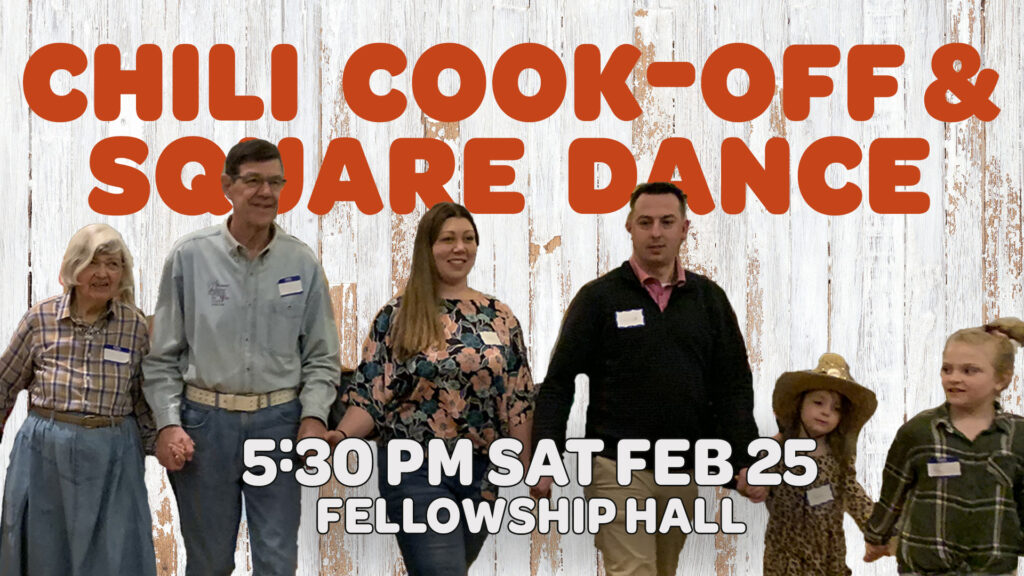
Meet Anaya, One of Derry Church’s PEB Scholarship Recipients
January 25, 2023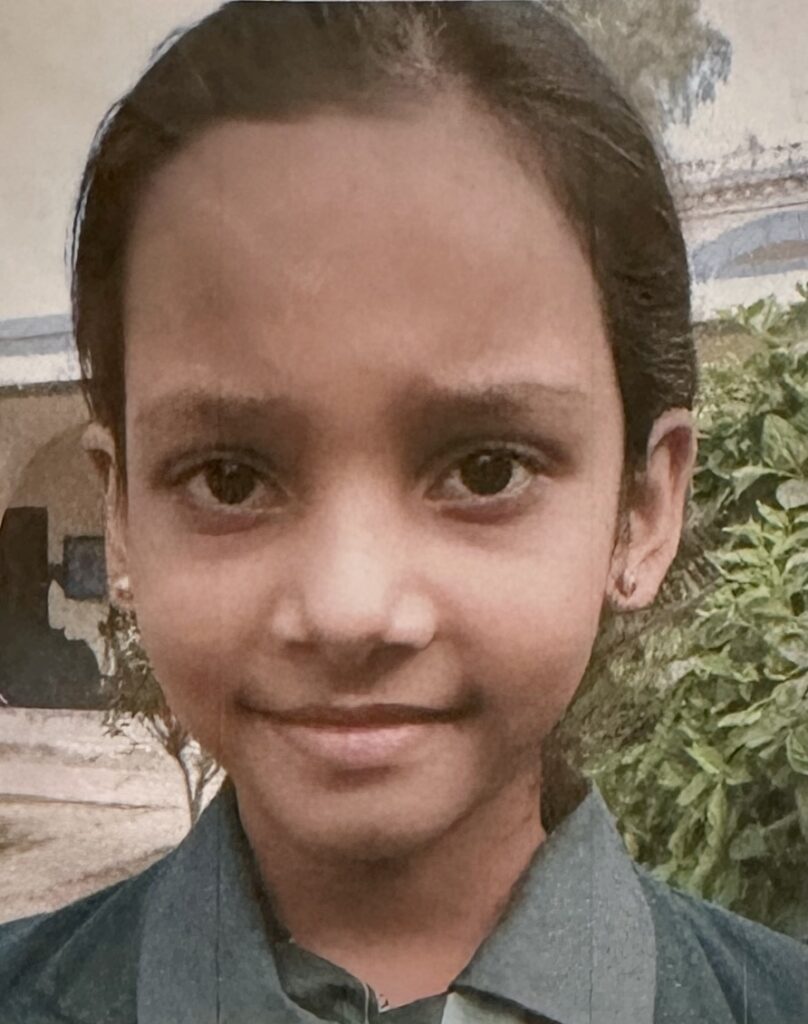
Hello My Dear Friend. I am Anaya from class 4. I wish to become a doctor. My parents are not so rich to fulful all my school needs. God is great. He sent His angel in your face to support me. I love you too much. I wish to serve the poor people of my country. I request you to please support me always. We pray for you daily. May God bless you always. amen.
For 12 years, Derry Church has maintained a partnership with the Presbyterian Education Board in Pakistan. PEB operates 25 schools, primary through high school, including some boarding schools, that serve more than 5,900 students. Derry, through the Friends of Sargodha group, has a particular relationship with the schools in Sargodha.
Friends of Sargodha’s goal is to continue to provide ten scholarships every year. You can help.
A full scholarship for a day student is $400 a year, about a dollar a day. We are dividing that amount into ten shares, $40 each, to offer you the opportunity to support a portion of a scholarship.
You can purchase one or more shares by writing a check to Derry Church notated “Pakistan Scholarship” or online through the church website.
Read Debbie Hough’s message inviting you to participate. This fundraiser continues through February 2023.
Did You Know Derry Church Provides Scholarships for Students Attending School in Pakistan? You Can Help!
January 18, 2023For 12 years, Derry Church has maintained a partnership with the Presbyterian Education Board in Pakistan. PEB operates 25 schools, primary through high school, including some boarding schools, that serve more than 5,900 students. Derry, through the Friends of Sargodha group, has a particular relationship with the schools in Sargodha.
Friends of Sargodha’s goal is to provide ten scholarships every year. You can help.
A full scholarship for a day student is $400 a year, about a dollar a day. We are dividing that amount into ten shares, $40 each, to offer you the opportunity to support a portion of a scholarship.
You can purchase one or more shares by writing a check to Derry Church notated “Pakistan Scholarship” or giving online through the Derry Church giving portal.
This fundraiser continues through February 2023.
